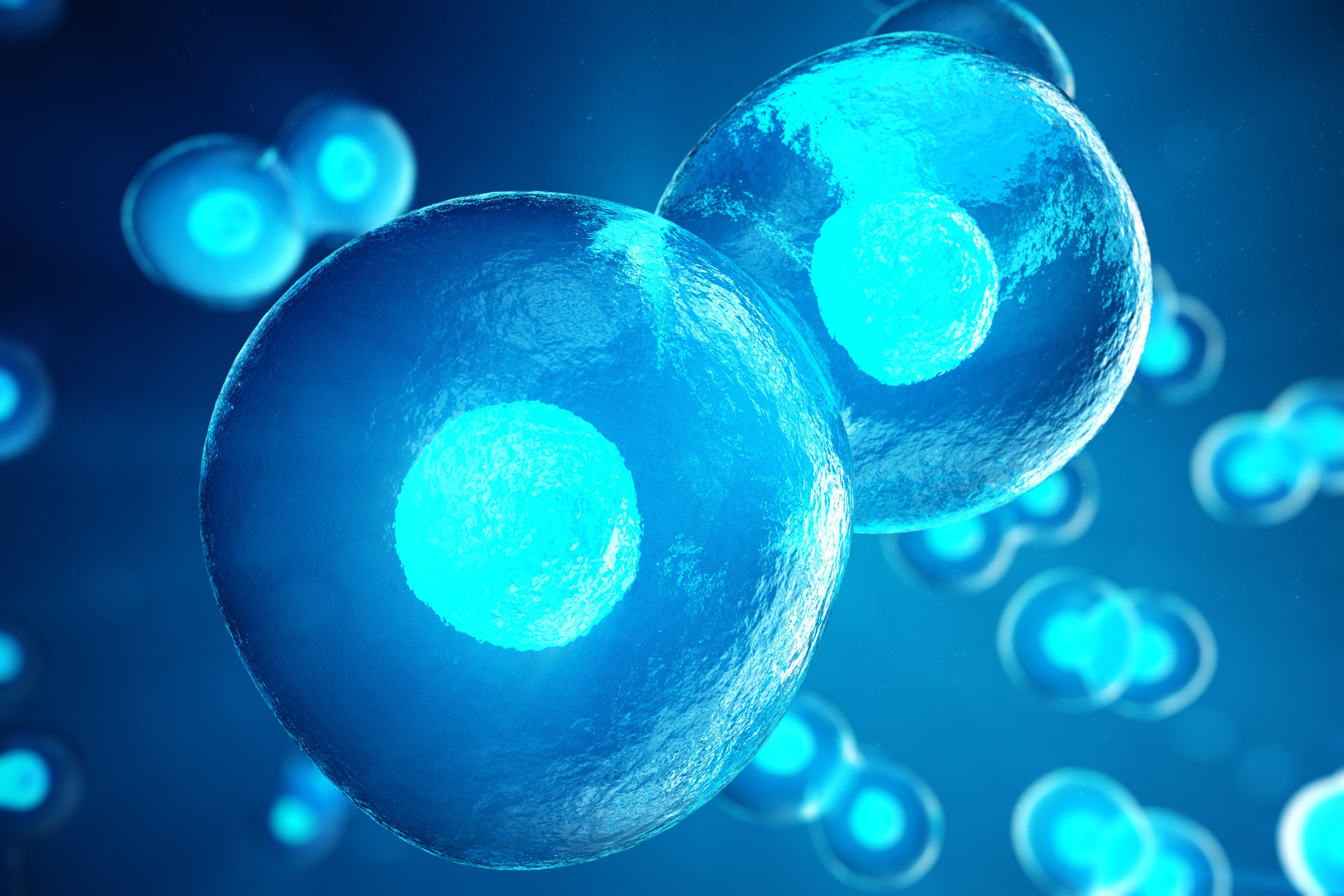Stem cells are extremely special in biology. They are characterized by having an ability to divide indefinitely and they can give rise to specialized cells which are the basis of all cells in the body. There are probably about 200 different kinds of specialized cells in our body which include nerve cells, fat cells, skin and muscle cells. All the cells in the body started life as stem cells.
So stem cells are essentially undifferentiated cells and because of this could express all their genes. They not yet specialized cells.
They can divide by mitosis (that’s important!)
They are extremely important in biotechnology and biomedical engineering because of what they are capable of being turned into.
It is only during development that we see stem cells performing cell differentiation. This is the process by which the cells become specialised for different functions. One they have started on the pathway of differentiation, the stem cell is destined to become a particular type of cell. It can never become another type of cell on its own.
Once they have become fully developed cells, they are unable to divide using mitosis.
Embryonic stem cell colonies are visualised under the microscope using fluorescent imaging. They can be seen differentiating as they form different cells. Various chemical signals signal a stem cell to develop.
All cells in the body have the same genotype. We earlier stated that all the genes could be expressed and one of the goals of genetic engineering and tissue therapy is to manipulate this potential.
Types of Stem Cell Cells
Embryonic stem cells are collected from five to six-day old embryo. Embryonic germ cells are derived from the part of a human embryo or a foetus that will ultimately produce gametes which are eggs or sperm.
Adult stem cells are the undifferentiated cells found among specialized or differentiated cells in a tissue or organ after birth.
The umbilical cord blood stem cells are a specialist type of cell. they are used to treat a range of blood disorders and immune systems conditions.
Where Do Adult Stem Cells Come From In the Body?
We know of four sources of adult stem cells:-
- the bone marrow,
- adipose tissue,
- blood
- umbilical cord blood
Categorization Of Stem Cells
Stem cells are categorised into four main groups.
Totipotent cells can divide and differentiate into any type of cell. The pluripotent stem cells are able to renew themselves and can differentiate into any type of cell but not those cells that make up the placenta.
The multipotent stem calls are limited in terms of what they can differentiate into and only a few cell types can be produced. The unipotent cell types will differentiate only into a single type of cell.

Leave a Reply